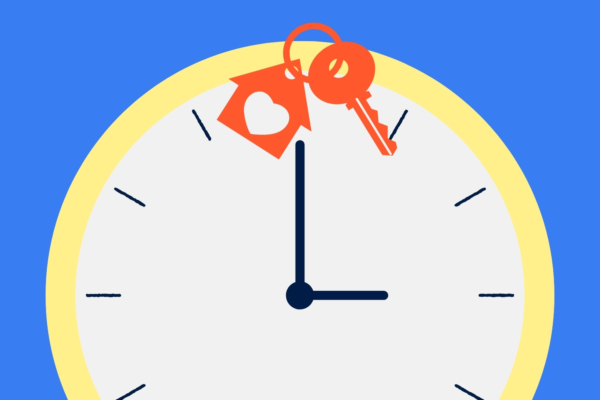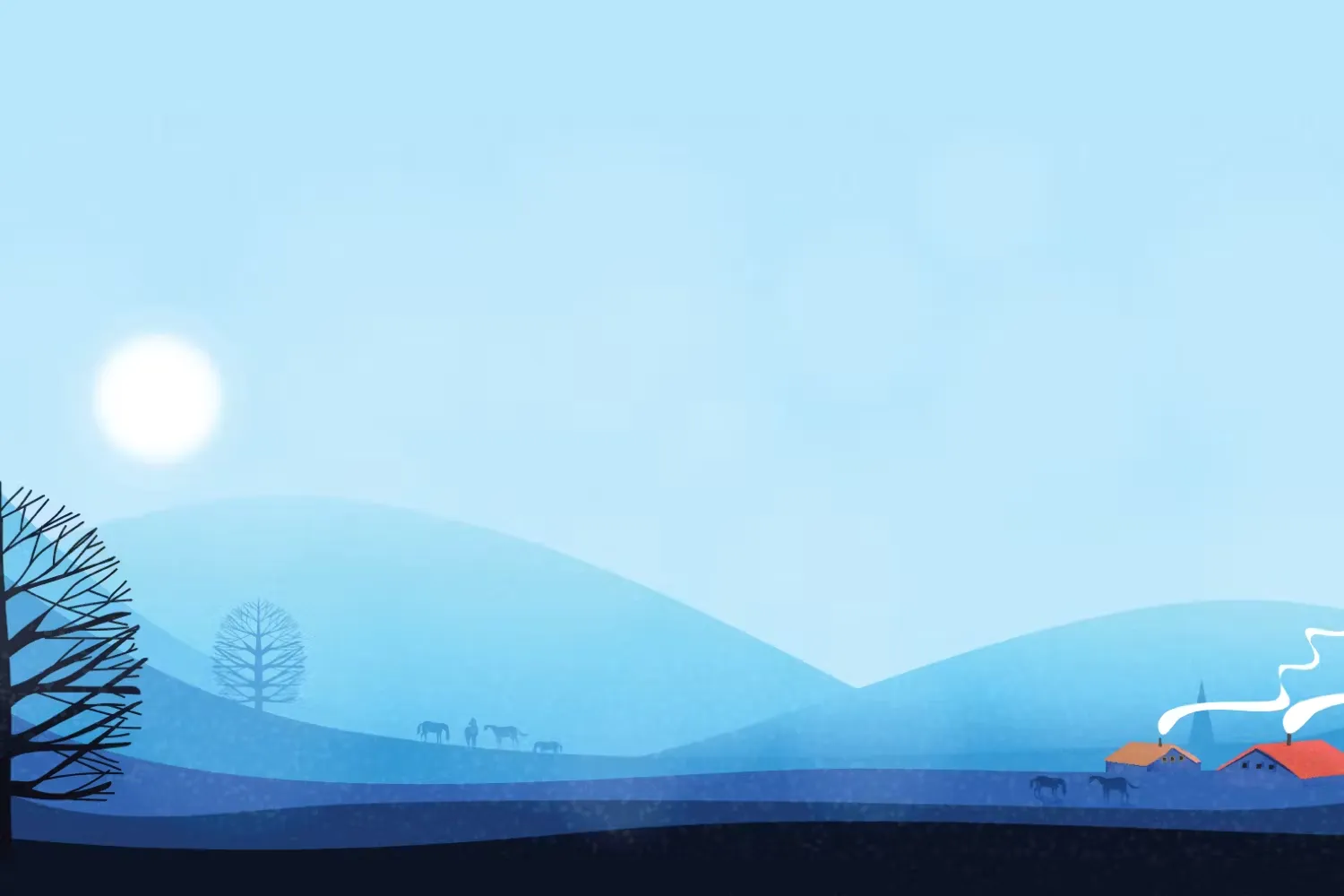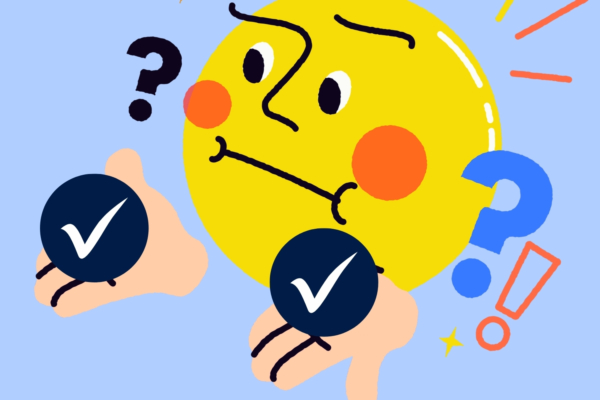
Live in a Rural Area? Consider a USDA Mortgage

Dreaming of purchasing a home in a small town or rural community? You may be eligible for special financing programs, such as a USDA mortgage, which can provide you with a low-interest, flexible loan that will make homeownership a possibility.
When you’re looking for a mortgage, researching each and every option can be overwhelming—but it’s an important part of this huge financial decision! Here’s what you need to know about USDA loans and how they may be able to help you.
What is a USDA mortgage?
USDA loans are consumer home mortgages that are backed by the United States Department of Agriculture. The loan program is designed to help low- to moderate-income individuals and families purchase a home in rural and smaller suburban areas. Yes, you read that right—depending on the location, USDA mortgage can be used for suburban homes. It’s a common misconception, but these loans aren’t just for rural areas.
USDA Loan Program
Not all USDA loans are the same. There are two distinct programs that the agency offers for single-family homes:
USDA Single-Family Housing Direct Loans
USDA direct loans are designed to help eligible very low- and low-income rural residents purchase a home. Applications are accepted and processed through your local Rural Development Service Center year-round. The interest rate for this loan is fixed and can be found on the USDA website. The loan term is 33 years but may be 38 years in some cases.
Funds can be used to buy, build, repair, renovate, or relocate a home, or to purchase and prepare sites, including providing water and sewage facilities.
According to the USDA loan guidelines, applicants must:
- Be without decent, safe, and sanitary housing
- Be unable to obtain a loan from other resources on terms and conditions that can reasonably be expected to meet
- Agree to occupy the property as a primary residence
- Have the legal capacity to incur a loan obligation
- Meet citizenship or eligible noncitizen requirements
- Not be suspended or debarred from participation in federal programs
Because these loans are provided directly to the consumer—without a lender involved—the requirements are stricter than USDA single-family guaranteed loans.
Meet our team and get started.
Our local, award-winning lending team is ready to help you begin today.
USDA Single-Family Guaranteed Loans
This loan is for very low- to moderate-income rural households. Applications must be submitted through approved mortgage lenders such as a credit union, bank, or mortgage company. The rate is fixed at the lender’s market rate but is capped. The loan term is 30 years.
Each USDA loan type comes with its own eligibility criteria based on factors such as income and location, but these loans typically have less stringent requirements than USDA direct loans.
What areas are eligible for USDA loans?
In order to qualify for a USDA loan, you must be located in an eligible rural area. This doesn’t necessarily translate to farm or ranch living—the maximum population could be up to 35,000 people. The USDA defines rural areas as:
- Populations that do not exceed 10,000 people
- A population that doesn’t exceed 20,000 people, is not located in a metropolitan statistical area, and has a “serious lack of mortgage credit for low- to moderate-income families”
- Any area that was once classified as rural, but lost its classification in a recent census, The population must still be under 35,000, must be rural in character, and still lack mortgage credit opportunities
To determine whether or not you may qualify for this program based on your location, be sure to look at the USDA mortgage map.
Income Eligibility for USDA Loans
Since this program is designed to aid low- to moderate-income households, you must also fall under a specific income threshold to qualify for this loan. The exact amount depends on how many members are in your household and the area you live in.
In most eligible areas of the country, the one- to four-person household income limit is $91,900 and is $121,300 for households with five to eight members. This can vary significantly by state and county, so for additional information on income limits in your area, refer to this chart provided by the USDA.
USDA Mortgage Requirements for Property
It’s not all about you as an applicant—the property that the mortgage will be used for also has a set of requirements:
- The property must be a single-family dwelling, which may include detached, attached, PUD, condo, modular, and manufactured homes
- Must meet HUD 4000.1 minimum standards for safety, security, and soundness
USDA direct loans have extra property requirements:
- The property must be 2,000 square feet or less
- The property cannot have market value in excess of the applicable area loan limit
- In-ground swimming pools are not permitted
- Not be designed for income-producing activities
Pros and Cons of a USDA Mortgage
Like any type of financing, USDA loans have pros and cons to consider.
| Pros | Cons |
|---|---|
| No down payment is necessary. You can finance 100% of your home through a USDA loan, meaning that you don’t need large cash reserves on hand to finance a house. If the home’s value is above the purchase price, you can use excess funds to cover closing costs or insurance. | Not everyone qualifies for a USDA loan. Even if you are just outside of an eligible rural area or are just over the income threshold, you likely won’t qualify for these loan programs. |
| Credit guidelines are flexible. Bad credit? USDA loans have flexible credit requirements, meaning you don’t have to have a good or excellent score to qualify. Most lenders will like to see a score of at least 640 to approve a guaranteed loan. You’ll also need a score of 640 to qualify for automatic approval through the USDA automated loan underwriting system. | You can only use the mortgage for owner-occupied single-family residences. Properties such as duplexes are not eligible for a loan under these programs, but the USDA does have Multifamily Housing Programs available. |
| You’ll benefit from low interest rates. Since it is a guaranteed loan, banks assume less risk and can offer better interest rates. | There are fewer loan options. Other types of government-backed loans, such as FHA loans, are more customizable, offering 30- and 15-year fixed-rate and adjustable-rate mortgages. The smallest term length for a USDA loan is 30 years. |
| You will benefit from lower fees. Compared to FHA loans, USDA loans have lower upfront mortgage insurance fees and annual mortgage insurance rates. | |
| There is no prepayment penalty. If you are able to pay off your mortgage sooner than the amortization schedule, you will not be penalized. |
Work with a Local Lender to Learn Your Options
A USDA loan is just one of many different home mortgage options that are available to buyers. Not sure which is right for you? A local lender like Amplify Credit Union can help you determine which types of home loans and government-backed programs you qualify for and which will save you the most money in the long run.
Ready to get prequalified?
Apply today and start your journey toward your new home.

